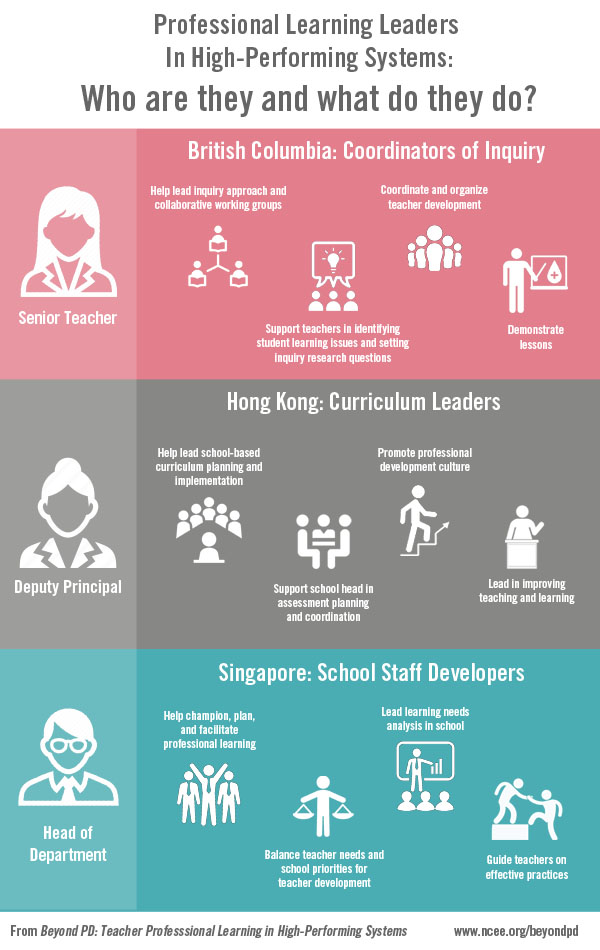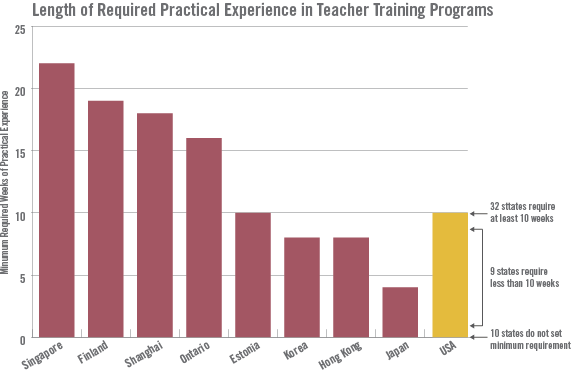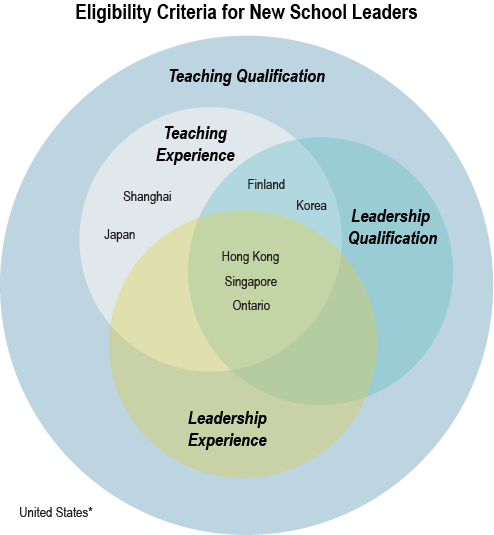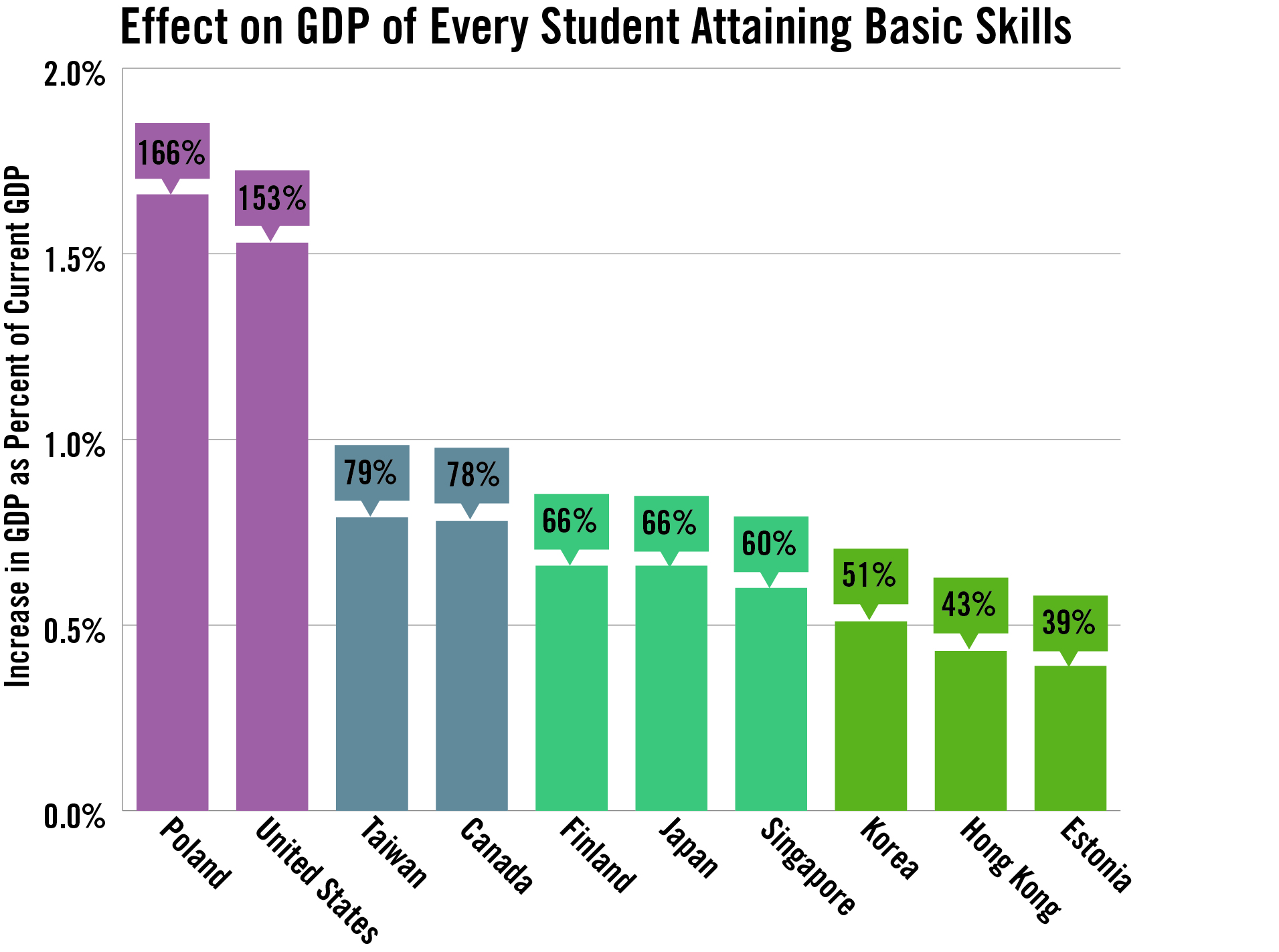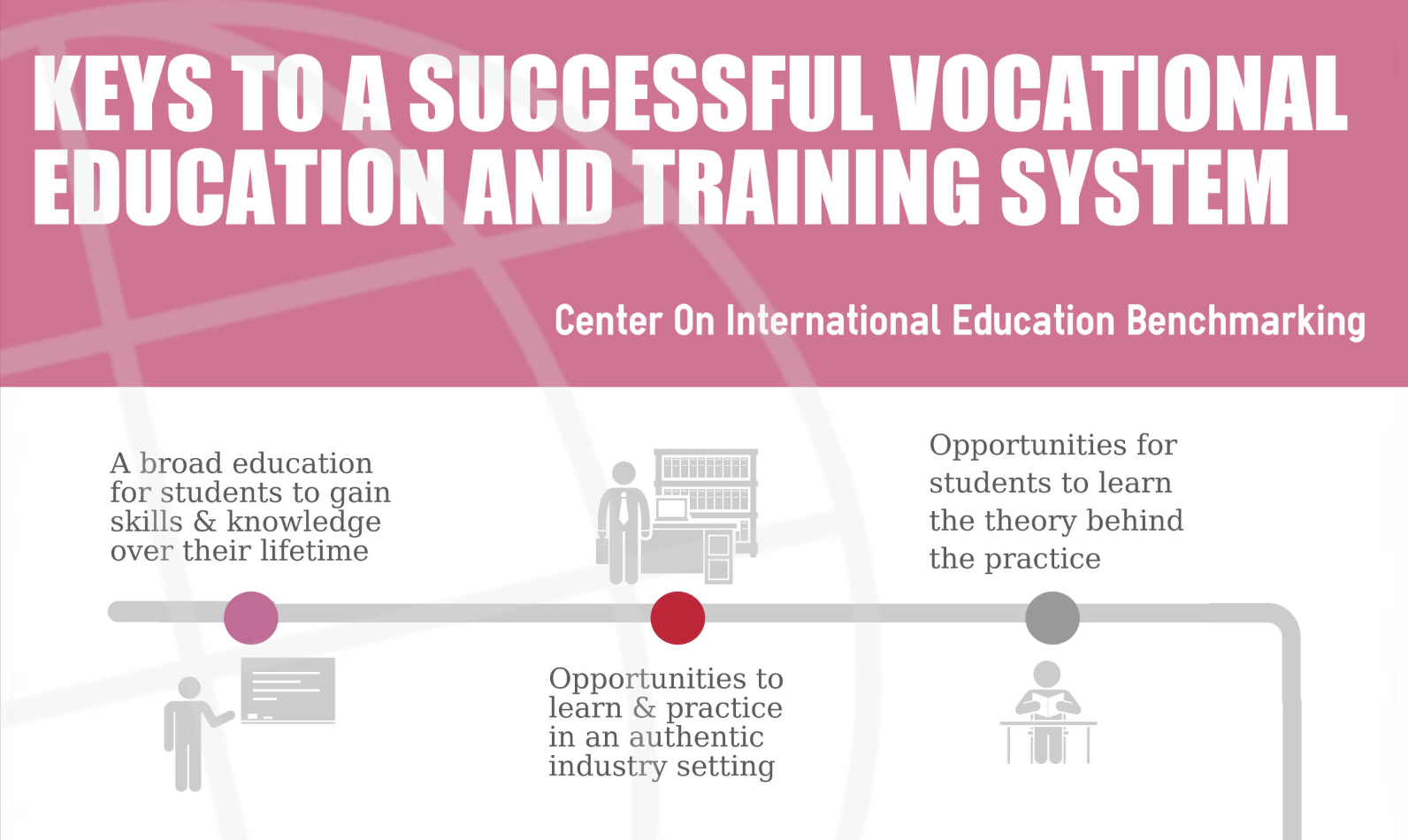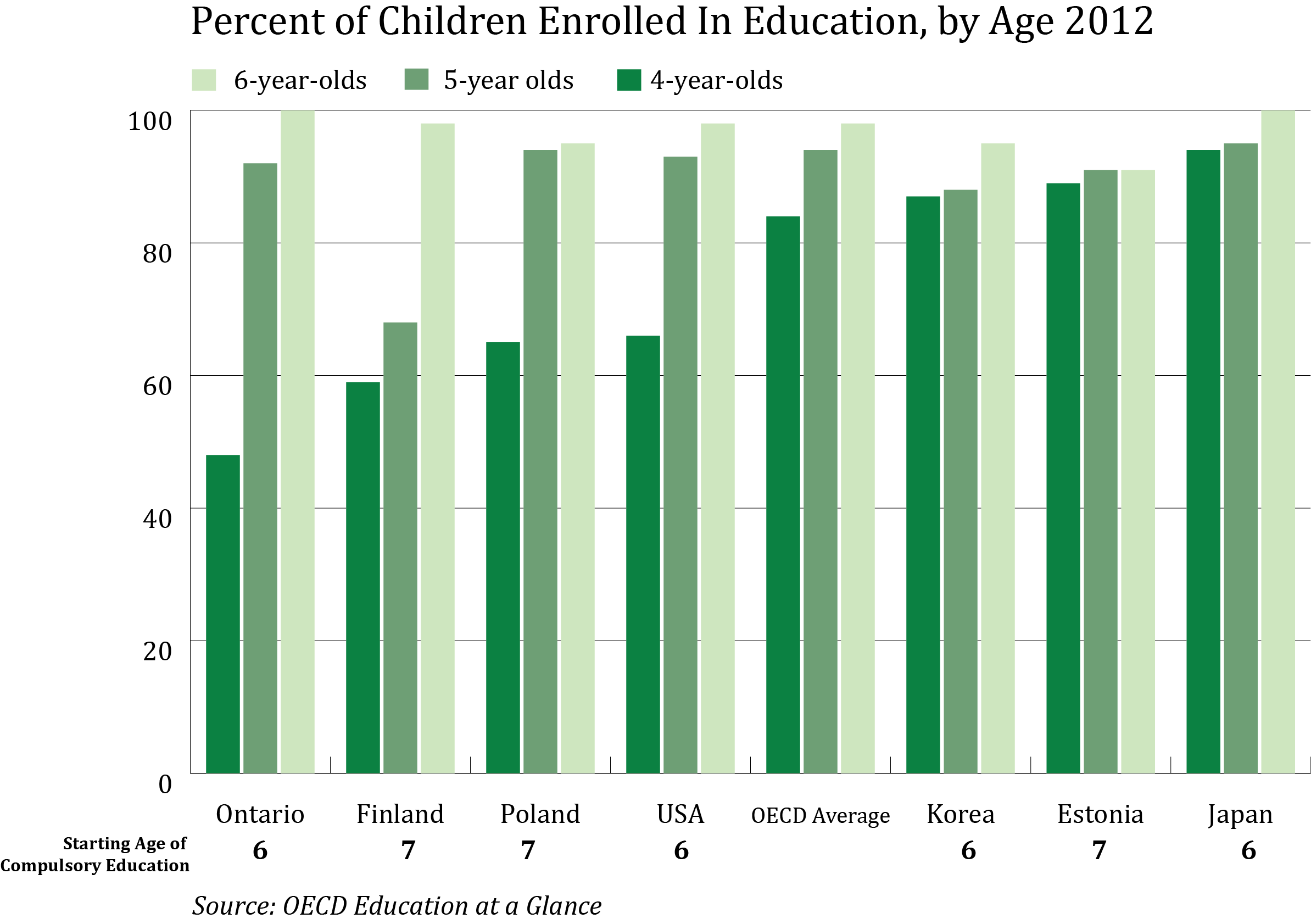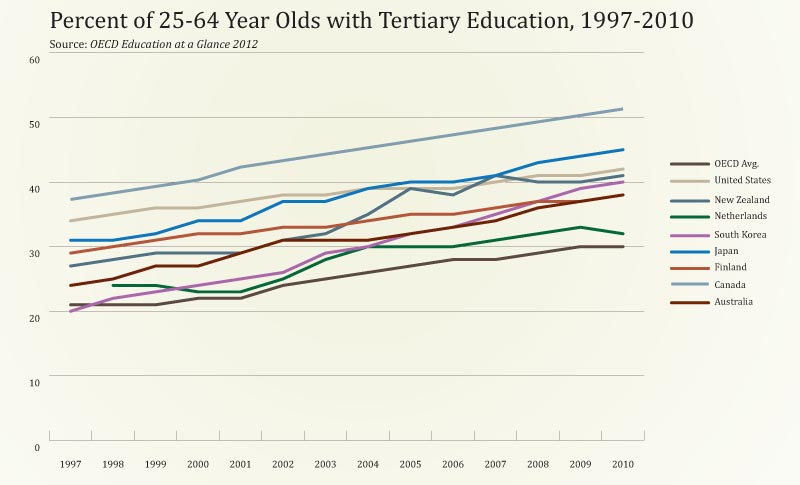Top-performing education systems strengthen schools by appointing experienced teachers as professional learning leaders to guide peer collaboration, support curriculum implementation, and foster continuous improvement.
Michael Day, Director of the School of Education at the University of Roehampton in London, discusses "learning rounds" for teacher education students—structured school visits where students observe and learn from practicing teachers, inspired by medical residency models.
Top-performing systems provide new teachers with structured mentorship from experienced educators to ensure continuous professional learning from day one.
Top-performing education systems require significantly longer and more structured classroom practicum experiences with expert mentorship for teacher candidates, compared to the inconsistent and often shorter requirements across U.S. states.
Top education systems select school leaders from among the very best teachers, providing strong mentorship support as they progress in their careers.
Top-performing education systems require aspiring principals to have teaching experience, leadership qualifications, and often leadership training programs.
Professional environments for teachers require competitive salaries, career progression, mentorship, and collaborative learning opportunities—resulting in high retention and stronger student outcomes.
Ensuring all students reach basic skill levels could significantly boost GDP, with top-performing countries showing that improving education outcomes is achievable, even for disadvantaged students.
Key principles and practices from the best systems vocational education systems around the globe.
These systems are expanding early childhood education by improving teacher preparation, setting clear standards, and increasing access for disadvantaged students.
The New Zealand Initiative calls for elevating teaching through rigorous training, career pathways, and professional collaboration to address declining student performance and inequality.
The 2012 edition of OCED Education at a Glance highlights the impact of the global recession on education and employment, exploring the link between education and the economy.

